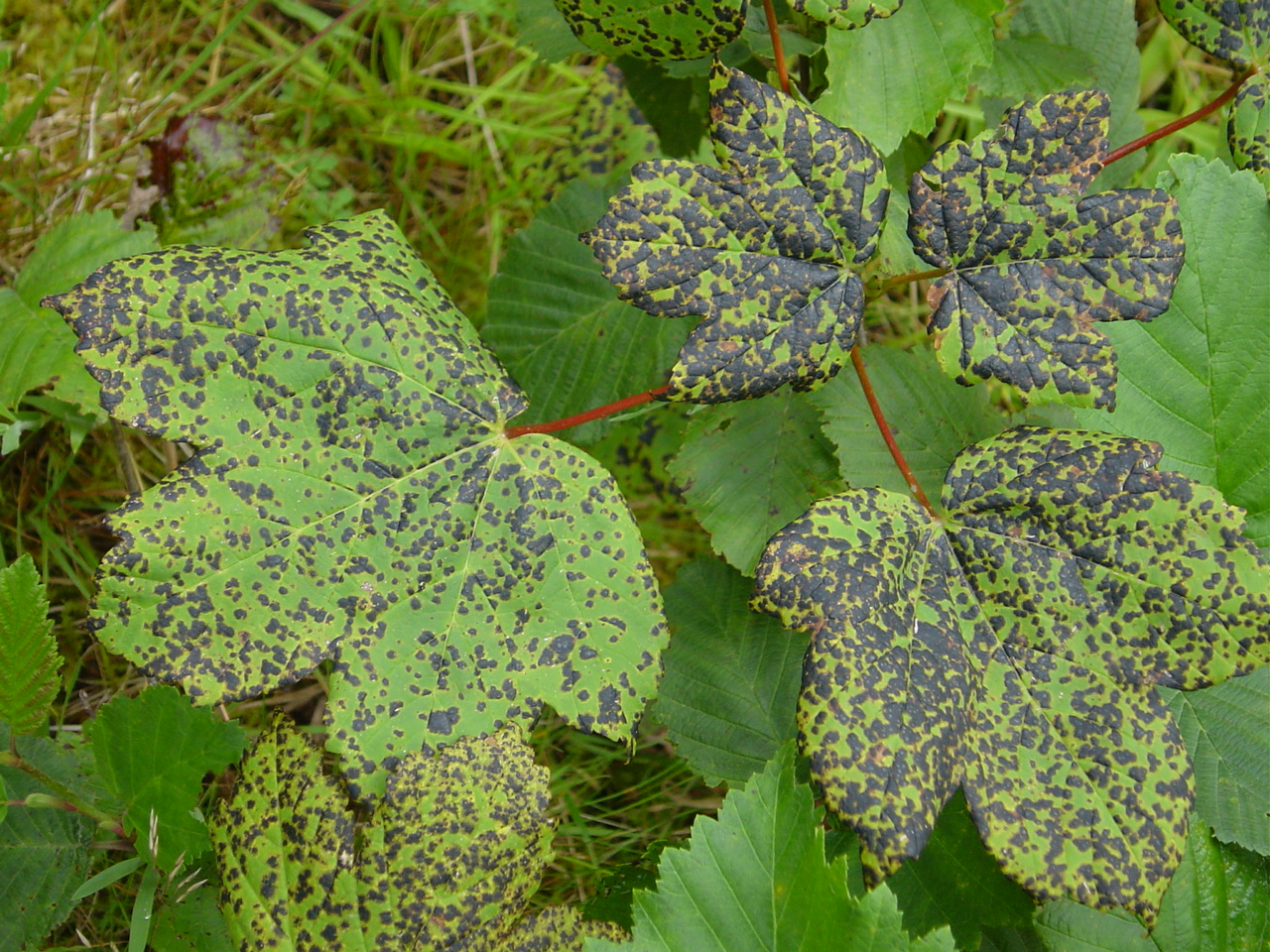 Table of Contents
Table of Contents
- Introduction
- Understanding Mosquito Habitats
- DIY Mosquito-Repelling Strategies
- Plant-Based Mosquito Deterrents
- Outdoor Technologies to Keep Mosquitoes at Bay
- The Role of Predators in Mosquito Control
- Health and Safety Measures
- Common Misconceptions About Mosquitoes
- Community Efforts and Innovations
Introduction
Imagine spending a blissful evening outdoors, enjoying the sunset with family and friends without the unwelcome buzz of mosquitoes. For many, achieving this peaceful outdoor experience requires implementing effective mosquito control in Boston. Not only are mosquitoes an irritating disruption, but they also pose real health risks due to the diseases they can transmit.
Mosquito control is a multifaceted endeavor transcending mere nuisance management. Understanding mosquito behaviors and habitats involves establishing a proactive defense against these tiny intruders. By delving into their breeding patterns and natural deterrents, managing mosquitoes becomes a straightforward and attainable goal.
Understanding Mosquito Habitats
Mosquito habitats are integral to their life cycle, providing ideal breeding conditions. These insects favor warm, damp areas where water pools and stagnates, offering a perfect setting for laying their eggs. Common places include neglected birdbaths, clogged gutters, and unattended garden pots. Identifying and disrupting these sources by removing or treating them significantly decreases mosquito populations. Regularly inspecting your property for standing water and moving to eliminate it helps disrupt the mosquito breeding cycle, emphasizing prevention as a key control strategy.
DIY Mosquito-Repelling Strategies
Homemade mosquito repelling methods align with eco-friendly practices and provide a cost-effective solution to managing these pests. Crafted from household items like sugar, water, and yeast, traps can attract and capture mosquitoes by mimicking their natural attractants. Additionally, ensuring that window and door screens remain intact is a simple yet effective way to keep mosquitoes outside. For those living in particularly mosquito-prone areas, using fans to create a breezy environment can further deter mosquitoes, as they are weak fliers and avoid strong air currents.
Plant-Based Mosquito Deterrents
Incorporating certain plants into your landscape serves dual purposes: beautifying your garden and repelling mosquitoes. Plants such as citronella, known for their lemon-like scent, lavender, soothing fragrance, and vibrant marigolds, are naturally unappealing to mosquitoes. Strategically planting these around outdoor areas creates a natural barrier, reducing mosquito activity.
Outdoor Technologies to Keep Mosquitoes at Bay
Modern technology has vastly expanded the tools available for mosquito management. Devices range from ultrasonic repellents emitting high-frequency sounds to advanced CO2-baited traps designed to lure and eliminate mosquitoes. When selecting a device, it’s vital to consider the size of the area being treated and environmental factors. Researching the effectiveness of available options, such as those reviewed by Tech News World, can lead you to choose the most appropriate and efficient solution for your specific needs, enhancing the comfort of your outdoor spaces.
The Role of Predators in Mosquito Control
Pest control can also occur naturally through the ecosystem’s predators, which play a crucial role in maintaining the delicate balance of nature. Mosquitoes are a food source for many creatures, such as bats, which can consume thousands of mosquitoes in a single night, birds that hunt insects at dusk, and fish in ponds that eat mosquito larvae. You can enhance your mosquito control strategy by encouraging these natural predators in your vicinity. Providing habitats like bat boxes or maintaining fish-friendly pond environments can help attract these beneficial animals.
Health and Safety Measures
Personal protection through repellents remains a frontline defense against mosquito bites, especially during peak times such as early morning and evening. Repellents containing active ingredients like DEET or picaridin offer reliable protection. Awareness of mosquito-borne diseases heightens the necessity for preventive measures. Always following label instructions and applying repellent to exposed skin before heading outdoors can reduce bite risks and associated infections, enabling you to enjoy outdoor activities with peace of mind.
Common Misconceptions About Mosquitoes
The world of mosquito management is rife with myths and misconceptions. For example, the allure of bug zappers often overshadows their limited effectiveness against mosquitoes since mosquitoes are more attracted to CO2 and heat their hosts emanate. Understanding what genuinely works—and what doesn’t—prevents wasted effort and resources. Emphasizing evidence-based solutions is critical to mosquito control success and encourages more effective resource allocation.
Community Efforts and Innovations
Collective action amplifies the success of individual mosquito control efforts. Participating in neighborhood clean-up initiatives beautifies the area and removes mosquito breeding sites. As organizations like the EPA outline, staying informed about national and local control strategies encourages cohesive action and innovation in mosquito management practices. By fostering community involvement, larger-scale impacts can be achieved, ensuring the entire community enjoys a mosquito-free environment.

